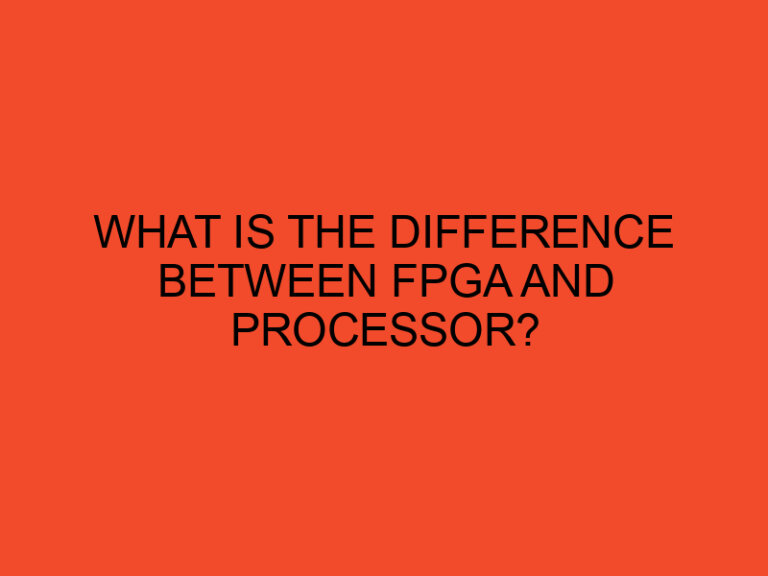The motherboard is the heart of any computer. It contains everything that makes it work. That means that if you’re having trouble with your computer, chances are that the problem is going to be with the motherboard. The motherboard is the part that holds everything together, so it’s vital to make sure that it’s up to the task. In this article, we’ll be looking at how to check if your CPU is compatible with your motherboard.
If you’re a PC builder, you know that you have to worry about heat when removing a CPU. The problem is that most CPUs are soldered onto the motherboard, making it impossible to remove the CPU without damaging the motherboard. However, there are ways to safely remove a soldered CPU without damaging the motherboard. In this post, we’ll walk you through a step-by-step guide on how to safely remove a soldered CPU from your PC.
For those of us who enjoy tinkering with our computers, the prospect of replacing a CPU or other component is a thrilling one. But for many, the prospect of having to remove a CPU from a motherboard is a terrifying one. If you’re like me, you may not know that there are a number of ways to safely remove a CPU from a motherboard, and that you can probably do it yourself. This post will walk you through each step of the process, so you can be sure that you won’t damage your motherboard by removing a CPU incorrectly.
Table of Contents
How can I tell if I can upgrade my CPU on my motherboard?
If you’re looking to upgrade your computer, you’ll need to know what kind of processor you’re going to be able to fit in your case. If you’re a beginner, this will be a great post to read. In this post, I’ll walk you through a few different ways you can check to see if your motherboard is compatible with a specific CPU.
If you’re like most people, you probably don’t know exactly how much RAM your computer has installed. So what do you do when you’re trying to decide whether or not you should upgrade your motherboard? In this post, we’ll show you how to figure out how much RAM your motherboard has installed and how to decide whether or not you can upgrade your motherboard.
If a CPU fits in a motherboard, then does it mean that it is compatible with that motherboard?
This is a common question that many people ask when buying a computer. It’s an important question because it tells you whether you need a new motherboard or if you can still use the old one. It’s also a good question to ask because you don’t want to buy a CPU that will not fit in your motherboard. In this post, I’ll help you answer that question by explaining the differences between motherboards and CPUs.
Your motherboard is one of the most important components in your computer. It holds all of your hardware together, it keeps everything running smoothly, and it’s the foundation upon which all of your components are built. It’s also where your motherboard comes into contact with your CPU—the component that actually performs the work of your computer. In this post, we’ll show you how to determine whether your CPU will fit in your motherboard.
How can I find out what processors my motherboard supports?
A motherboard is a crucial part of your computer. It’s where you plug in your CPU, RAM, and other components into your system. You need a motherboard to do everything else, but it’s also the most expensive component in your computer. If you’re buying a new computer, you’ll want to make sure that your motherboard will support the CPU that you’re buying. This post will show you how to find out if your motherboard supports the CPU that you’re planning to buy.
Most motherboards are designed to support one or more Intel and AMD processor types. The Intel and AMD families are very different, and it’s important to know which ones you have before you buy a motherboard. It’s easy to find out which Intel and AMD chips you have, but not so easy to find out what motherboard you need to match them. This post will show you how to find out what processors your motherboard supports.






